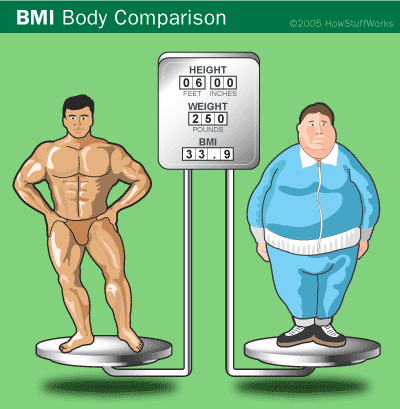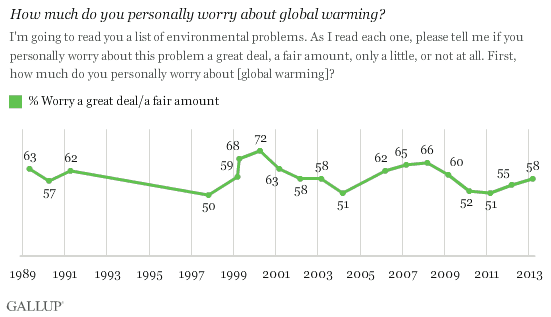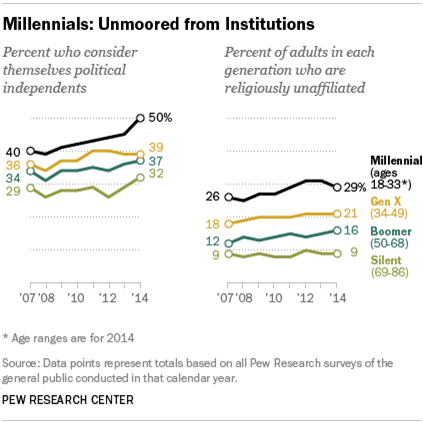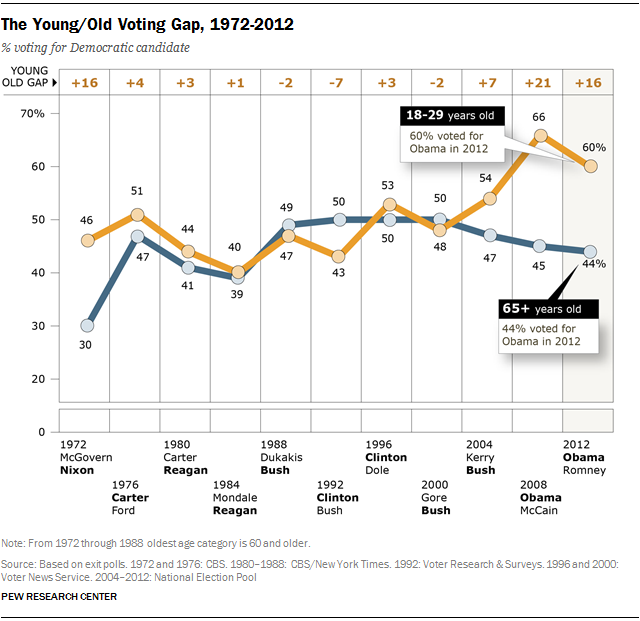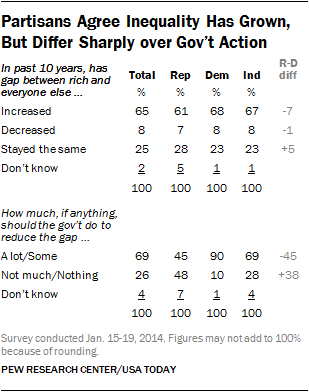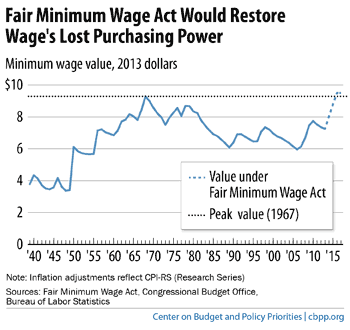Once again, we have an election where the candidate with the most vo tes did not win the Presidency. As things stand now on December 1, 2016, according to CNN, Trump has 306 Electoral Votes and Clinton has 232. Put another way, Trump is projected to have 57% of the Electoral College votes. But in the popular vote, Clinton has almost 65 million votes compared to Trump’s almost 63 million votes. By CNN’s calculations, Clinton won 48 percent of the popular vote to Trump’s 46 percent. See CNN Click Here
tes did not win the Presidency. As things stand now on December 1, 2016, according to CNN, Trump has 306 Electoral Votes and Clinton has 232. Put another way, Trump is projected to have 57% of the Electoral College votes. But in the popular vote, Clinton has almost 65 million votes compared to Trump’s almost 63 million votes. By CNN’s calculations, Clinton won 48 percent of the popular vote to Trump’s 46 percent. See CNN Click Here
This mismatch has provoked questions about the Electoral College.
The Constitution says Electors from each state will be equivalent to its Congressional delegation: the number of Senators and Representatives. Every state has two Senators, regardless of population size. The House of Representatives is proportional, with number of Representatives reflecting the population of each state.
The Constitution further stipulated: “The Number of Representatives shall not exceed one for every thirty Thousand, but each State shall have at Least one Representative.” That requirement was deleted when Congress capped the number of Representatives at 433 in the Apportionment Act of 1911 and finalized in 1929 at 435. Given our current population of over 300 million, the House of Representatives would have over 10,000 members to maintain that 1/30,000 ratio. The current ratio is around 1 representative for every 720,000 people.
The problem for the Electoral College is that it includes the two senators from each state: Alaska, with 735,000 people gets 2 Senators, and California, with 38 million gets 2 Senators. At the time of the Constitution was being written, compromises were made. The Senate was one of those compromises; small states did not want to be swallowed up by the large states so each state was guaranteed equal representation. The People’s House was reflected the states’ population.
However, when translated into Electoral College votes, there is a bias towards the small states. Alaska has a small population and gets 3 Electors. CNN reported that 246,591 ballots were counted in the Presidential race in Alaska. This means that there are 82,197 voters for every 1 Electoral College voter. California, being a large state, gets 55 electors. Almost 12 million ballots were counted in California, resulting in 217,351 voters for every 1 Elector. An Alaska voter has a louder voice than a voter in California. Continue reading »
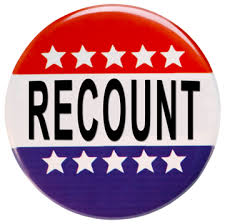 Headline in the Guardian: “US recounts find no evidence of hacking in Trump win but reveal vulnerabilities” Click Here
Headline in the Guardian: “US recounts find no evidence of hacking in Trump win but reveal vulnerabilities” Click Here
